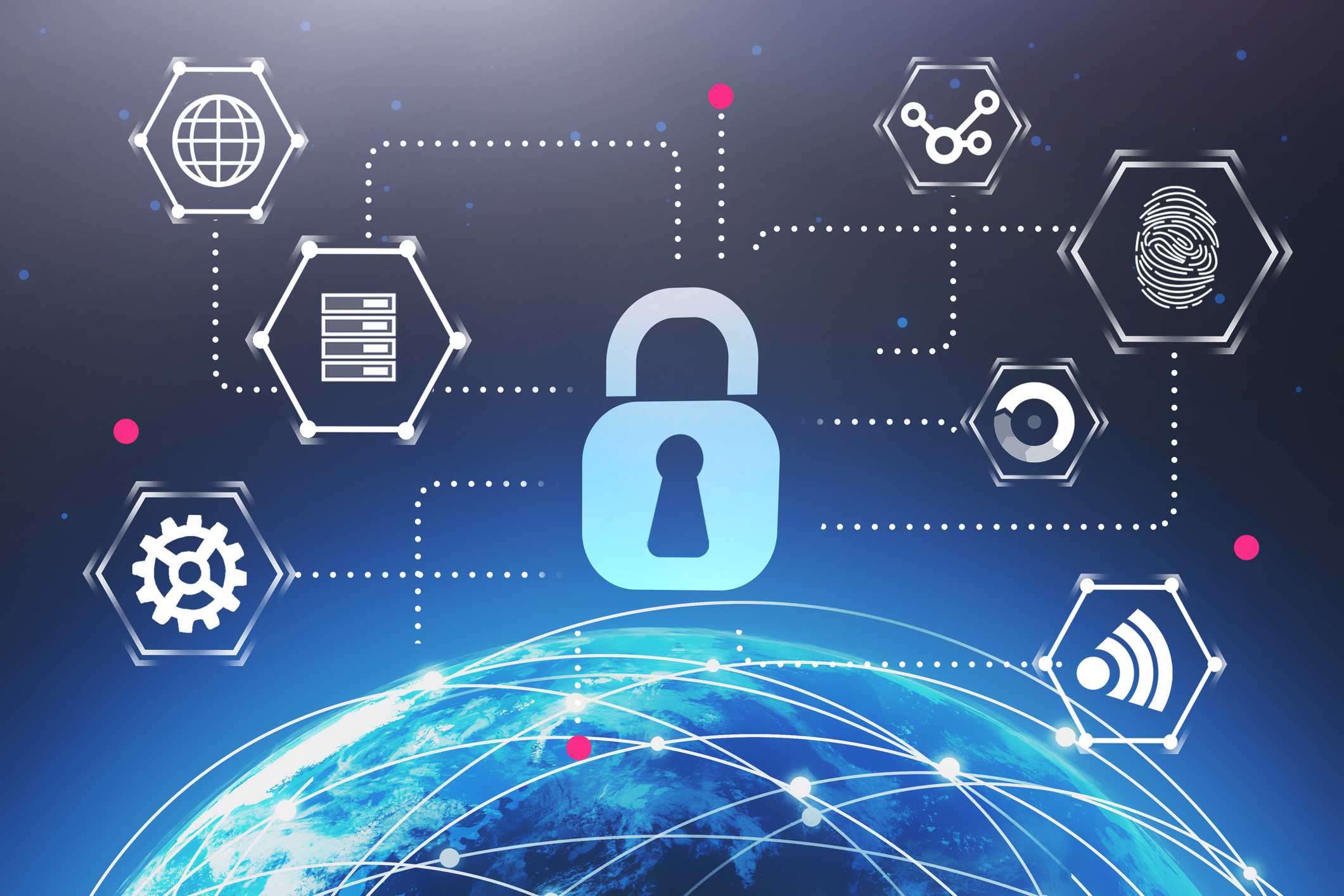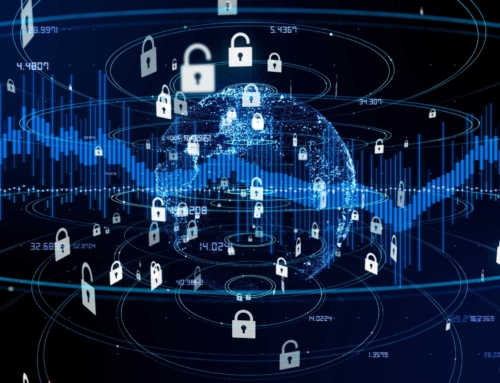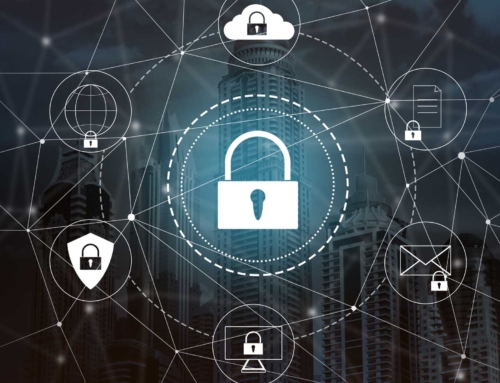The Importance of Digital Forensics in Understanding Ransomware Attacks
Unmasking the Enemy: The Role of Digital Forensics in Ransomware Detection
Digital forensics ransomware insights are becoming increasingly imperative as the magnitude of cyber threats grows, impacting the security landscape for businesses and individuals alike. We, at Alvaka, are acutely aware of the escalation in frequency and sophistication of ransomware attempts, and our commitment to mitigating the risks associated with these pernicious attacks is unwavering. It’s not just about responding to incidents; it’s about developing a robust understanding through forensics that can inform preventative strategies.
The Crucial Nexus Between IT Management and Digital Forensics
In our battle against cyber threats, we emphasize the symbiotic relationship between IT management and the strategic implementation of digital forensics. By harnessing forensic analysis, our team is able to scrutinize the intricate details of ransomware attacks, identifying the how and why behind each breach. This level of insight is invaluable in fortifying our client’s digital defenses and ensuring that their network services remain uncompromised in the evolving digital landscape.
Our approach not only involves the reactive elements of cybersecurity but also focusses on the proactive aspect which digital forensics empowers. Understanding the necessity of incorporating advanced network services and equipping IT professionals with the knowledge of digital forensics is at the heart of our strategy. Ransomware detection is not just about recognizing the existence of a problem; it’s about understanding its nature and pre-empting its evolution.
Advancing Beyond Conventional Cybersecurity Protocols
We recognize that traditional cybersecurity measures are no longer adequate in the face of such advanced threats. As ransomware attacks become more intricate and damaging, the role of digital forensics in ransomware detection evolves in tandem. Our experts are not just IT professionals; they are digital detectives who can uncover the digital fingerprints left behind by cyber adversaries. It is this level of detail that equips us with the ability to anticipate future threats and protect our clients with more than just standard defenses.
By integrating digital forensics into our cybersecurity practices, we provide an added layer of intelligence to our IT management services. Alvaka’s proactive stance in elevating our network services has rendered us a trusted ally in the demanding realm of cybersecurity. Our dedication to staying ahead of the curve and keeping our clients’ networks secure is more than a commitment—it is an absolute imperative in today’s digital environment.
Aligning with Industry Standards and Best Practices
Our methods are aligned with the highest industry standards, and we pride ourselves on the due diligence and meticulous precision we bring to each case. Maintaining best practices is not just a benchmark but a continuous endeavor that we relentlessly pursue. Through digital forensics ransomware insights, we not only resolve current threats but also refine our protocols to deter future incidents.
The evolving nature of cyber threats necessitates an adaptive and knowledgeable approach to IT management. We leverage our expertise in digital forensics to not only respond to ransomware incidents but to learn from them, using those insights to reinforce our network services and safeguard our clients’ systems. It’s our proactive and thorough investigations that make the difference – enabling us to stand firm against the rising tide of ransomware and other cyber risks.
Digital Forensics Ransomware Insights: Decoding the Attack Vector
Digital forensics is crucial in unveiling the mechanisms behind ransomware attacks. By meticulously analyzing compromised systems, we can pinpoint the weaknesses that were exploited to gain unauthorized access. This intricate process not only provides us with insights into the offensive tactics used by cybercriminals but also illuminates the defensive strategies we need to reinforce.
The Benefits of Early Digital Forensic Investigation
Engaging with digital forensics early on is essential for understanding the nuances of a ransomware attack. We can identify the specific type of ransomware, which enriches our knowledge base and equips us with targeted countermeasures. A prompt forensic analysis brings to light the peculiarities of the ransomware’s behavior, such as encryption techniques and communication with control servers, enabling us to act swiftly to isolate the threat and minimize the damage.
Moreover, by dissecting the ransomware’s code, we chart a roadmap to the vulnerabilities in our network. This informs our IT management strategy, ensuring we are always a step ahead in safeguarding our digital assets. Consequently, with digital forensics ransomware insights, we can robustly fortify our defenses.
Case Studies Highlighting the Effectiveness of Digital Forensics
Real-world examples underscore the significance of digital forensics in battling ransomware. In several instances, through forensic examination, we have uncovered telltale signs that preempted subsequent attacks. By analyzing the digital artifacts left behind by ransomware, we have helped organizations enhance their security posture, preventing potential financial and reputational damage.
Building a Fortified Defense: Proactive Measures Enabled by Forensic Insights
Armed with the knowledge gleaned from digital forensics, we are able to bolster our network defenses proactively. We implement multi-layered security protocols, stricter access controls, and comprehensive monitoring systems to thwart future intrusions.
Implementing Advanced Defense Strategies
Our approach to combating ransomware is proactive and informed by the detailed insights only digital forensics can provide. From tightening endpoint security to conducting regular vulnerability assessments, we ensure all possible gateways for ransomware are sealed.
- Updating software and firmware to patch identified vulnerabilities.
- Establishing rigorous backup protocols to mitigate data loss.
- Conducting security awareness training to minimize human error.
- Deploying sophisticated detection tools for early identification of malicious activity.
We also extend our expertise to tailor a disaster recovery plan uniquely suited to your organization’s needs, ensuring business continuity and resilience against any form of cyber adversity. By incorporating digital forensics ransomware insights into our methodology, we are equipping businesses with the tools and knowledge to not only respond to threats but to prevent them.
Did you know? Digital forensics helps predict future ransomware trends by analyzing malware’s evolution in past attacks, enabling experts to strengthen cybersecurity defenses proactively.
Securing the Digital Battleground: The Crucial Role of Digital Forensics Ransomware Insights
In the fight against the insidious threat of ransomware, our commitment at Alvaka is to not only restore operations but to also empower businesses with the knowledge and strategies to prevent further attacks. Our digital forensics ransomware insights serve as both a shield and a sword, dissecting the anatomy of attacks to fortify your network’s defenses. It’s clear that the journey to robust cybersecurity is ongoing and requires our constant vigilance and adaptation to new threats.
Empowering Our Clients: Actionable Intelligence for Comprehensive Protection
Armed with insights gleaned from digital forensics, we enable our clients to take proactive steps toward a more secure infrastructure. Understanding that each organization has unique vulnerabilities, we tailor our approach, using forensic data to inform the deployment of advanced security measures. By anticipating the moves of adversaries, we turn the tables on attackers, transforming potential victims into informed defenders of their digital domains.
Forging a Path to Resilience: The Future of Cybersecurity with Alvaka
At Alvaka, we recognize that the battle against cyber threats is ever-evolving. With each case of ransomware recovery, we fine-tune our approach, adapting to the shifting tactics of cybercriminals. Our strategy encompasses a blend of cutting-edge technology and seasoned expertise, ensuring that clients receive not just a service, but a partnership in their pursuit of cybersecurity excellence. It is through these partnerships that we forge a path to a more resilient future, one where businesses are no longer reactive to threats but are proactively armored against them.
In the end, the value of digital forensics ransomware insights cannot be overstated. It serves as the cornerstone of a comprehensive cybersecurity strategy that not only addresses the immediate risks but also lays the groundwork for future defenses. With Alvaka, businesses not only recover from attacks but emerge stronger and more informed, capable of facing down the cyber threats of tomorrow. We stand ready to partner with you, offering our expertise and commitment to safeguard your digital assets against the evolving landscape of cyber threats. Together, we will ensure that your business remains resilient, secure, and thriving in the digital age.
FAQ
What is digital forensics, and how does it relate to ransomware detection? ▼
Digital forensics is the practice of collecting, analyzing, and reporting on digital data in a way that is legally admissible. When it comes to ransomware detection, digital forensics plays a pivotal role by identifying the origins and characteristics of the attack, which subsequently aids in mitigation and prevention strategies. By thoroughly investigating compromised systems, we can uncover how the ransomware entered, spread, and encrypted files.
Why is the role of digital forensics growing in importance with the rise of ransomware attacks? ▼
As ransomware attacks become more sophisticated and prevalent, the need for an equally sophisticated response rises. Digital forensics offers a comprehensive approach to analyzing these security breaches, providing us with the necessary insights to reinforce our cyber defenses. Consequently, it’s vital for bolstering our security measures and ensuring we are adequately prepared to face future threats.
Can digital forensics help trace the origin of ransomware attacks? ▼
Absolutely, digital forensics can help trace the origin of ransomware attacks. By meticulously examining network logs, system files, and even the ransomware code itself, we can often pinpoint the initial entry point of the attack as well as the methods used. This information is crucial for understanding attack patterns and securing networks against similar future attacks.
How does the timely analysis of digital forensics benefit an organization facing a ransomware attack? ▼
Timely analysis is of the essence, providing us with a clear picture of the attack quickly to prevent further damage. By acting swiftly, we can isolate affected systems, identify the ransomware strain, and start working on containment and recovery measures. This prompt response minimizes downtime and potential data loss, significantly reducing the overall impact of the attack on our organization.
Can you give an example where digital forensics led to a breakthrough in a ransomware case? ▼
Certainly, in one notable case, digital forensics allowed us to uncover that a ransomware attack was initiated through a phishing email. The forensic examination revealed the specific email and attachments that initiated the ransomware payload. Consequently, this insight led to a targeted employee training program to recognize and avoid such threats in the future.
What proactive measures can be enabled by insights from digital forensics? ▼
Proactive measures stem from understanding the weaknesses in our network and systems. By capitalizing on the insights provided by digital forensics, we can implement advanced firewalls, regular security audits, robust backup solutions, and employee cybersecurity training, all tailored to preemptively address the specific vulnerabilities exposed by previous ransomware attacks.
How do advanced network services complement digital forensic efforts? ▼
Advanced network services, such as intrusion detection systems and AI-based monitoring, complement digital forensic efforts by offering real-time analysis and alerts. These services enable us to detect and respond to anomalies swiftly, which, combined with digital forensics, creates a comprehensive defense strategy that both identifies past breaches and prevents future incursions.
Why is employee training important in ransomware prevention? ▼
Employee training is crucial because human error is often the weakest link in security. Educating our team on best practices and how to recognize threats like phishing emails significantly reduces the risk of ransomware infections. Through digital forensics, we can tailor this training to address the specific tactics attackers have used in the past, thereby strengthening our human firewall.
What role do IT professionals play in utilizing digital forensics for ransomware prevention? ▼
IT professionals are our front-line experts who apply digital forensic tools and techniques to analyze and understand ransomware attacks. Their role involves not just the technical analysis but also translating the findings into actionable insights that inform our security policies and procedures. Their expertise is invaluable in both responding to incidents and in architecting a robust defense.
How should an organization prepare for a ransomware attack? ▼
Organizations should prepare for ransomware attacks by adopting a multi-layered security approach that includes regular backups, cybersecurity training, endpoint protection, network segmentation, and incident response planning. Additionally, they should engage in proactive monitoring and conduct regular security assessments to identify and address potential vulnerabilities before attackers can exploit them.








 Smoke testing is a term used to describe the testing process for servers after patches are applied.
Smoke testing is a term used to describe the testing process for servers after patches are applied.  This is a basic cost calculator for you to compute your typical monthly cost for patching your servers, PCs, laptops, tablets and associated application software. It also forms the basis for you to begin calculating your Return on Investment for software patching, or for comparison with alternatives to the manual process of patching operating systems and application software—such as Patch Management as a Service, also known as Vulnerability Management as a Service.
This is a basic cost calculator for you to compute your typical monthly cost for patching your servers, PCs, laptops, tablets and associated application software. It also forms the basis for you to begin calculating your Return on Investment for software patching, or for comparison with alternatives to the manual process of patching operating systems and application software—such as Patch Management as a Service, also known as Vulnerability Management as a Service.